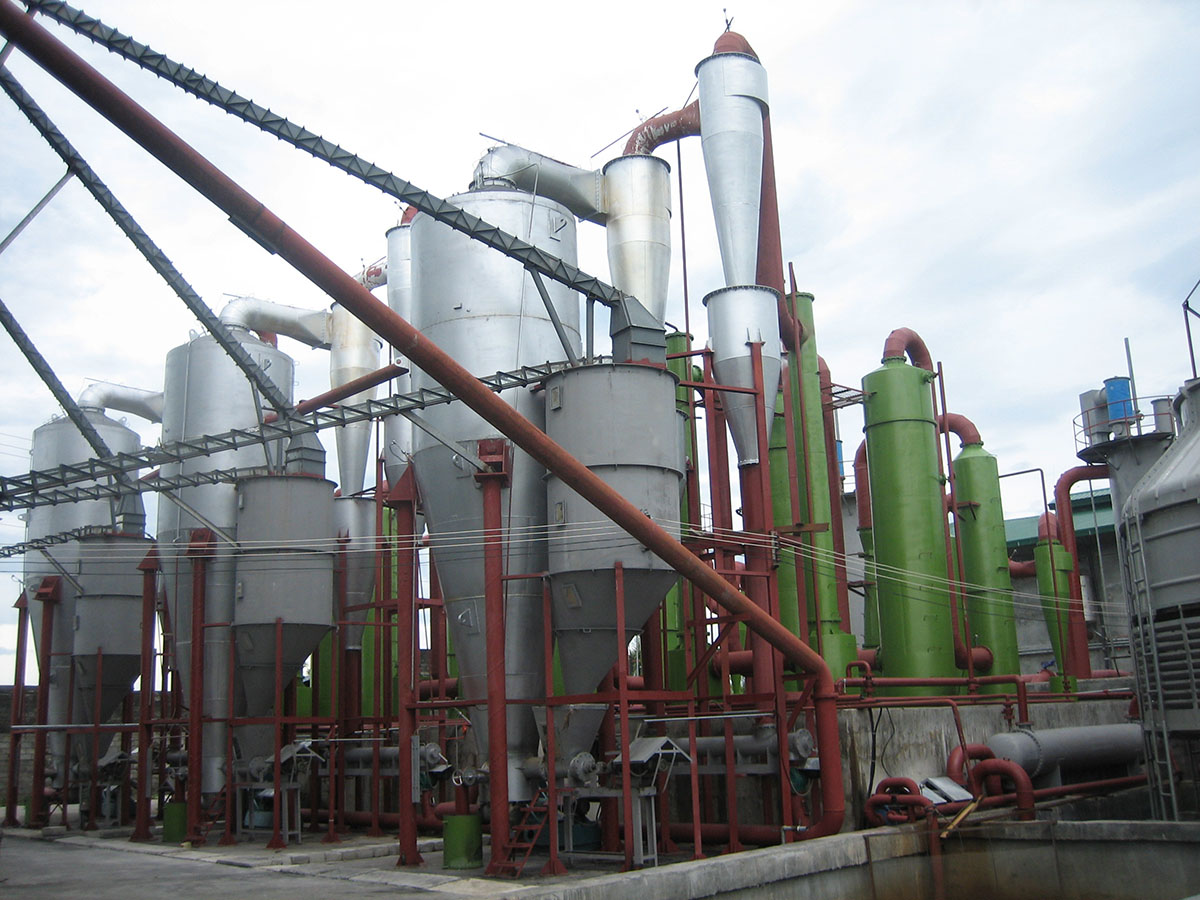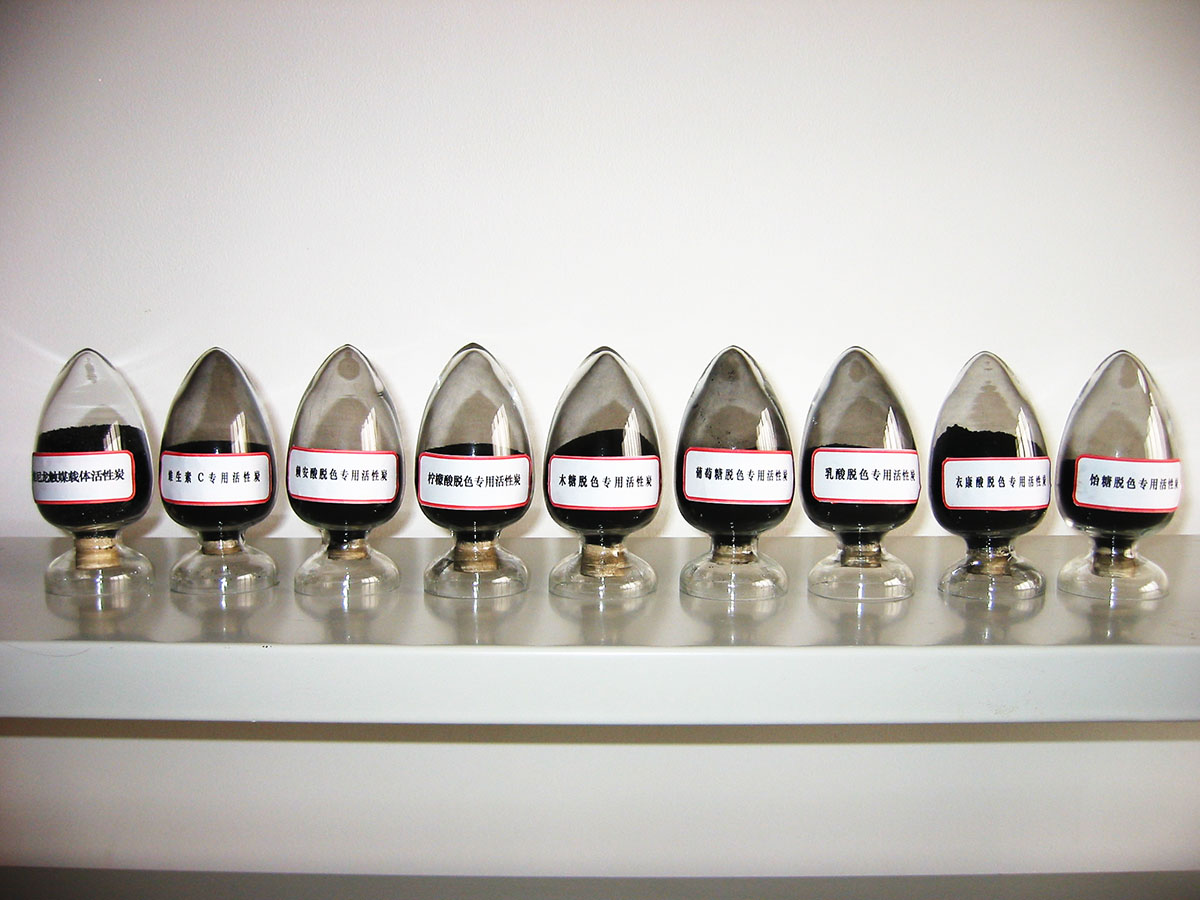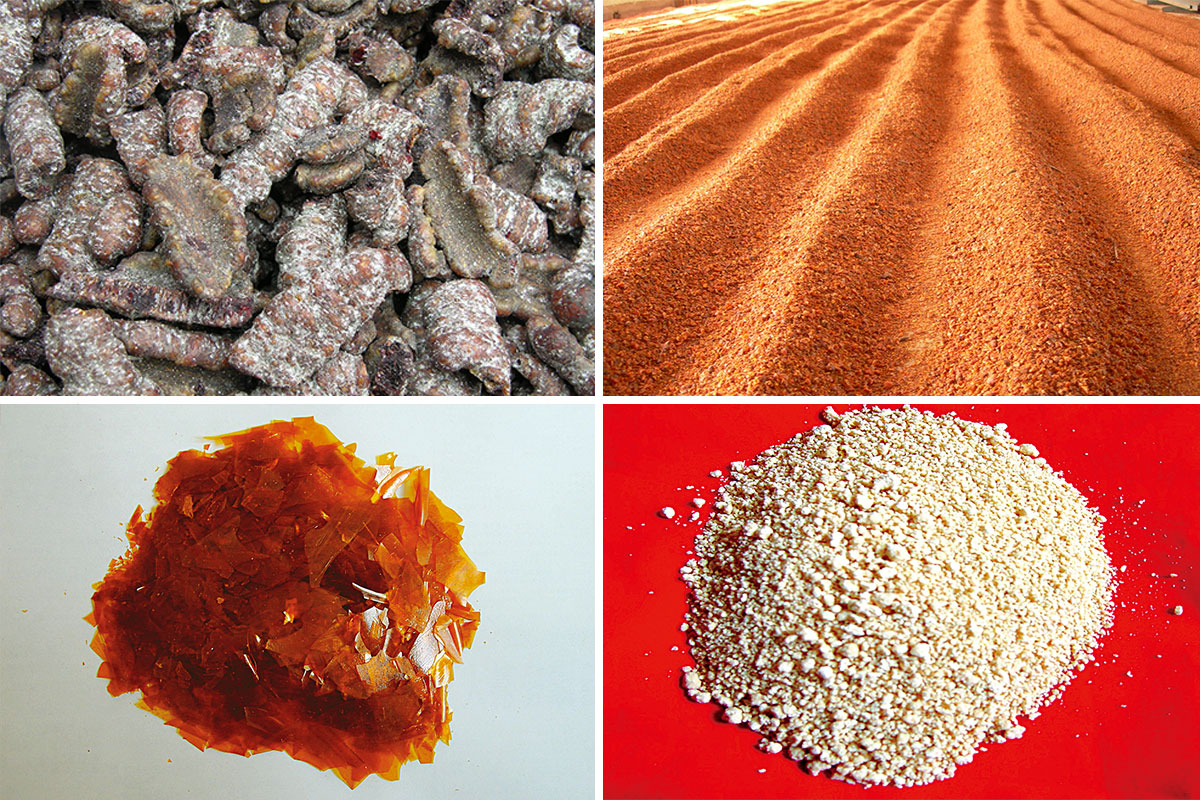Chemical utilization of wood
Research on chemical utilization of wood has been carried out and techniques in intensified hydrolysis, heat recovery, gas and power generation from wastes, and gas-phase and atmospheric-pressure production of furfuryl alcohol.

3MW biomass conical fluidized bed gasification power generation system equipment
R&D on citric acid-specific active carbon was conducted and achieved that more than 50% of the production were 2-10 mm aperture-volume active carbon. Directional preparation technology of microstructures and surficial groups of active carbon was developed and breakthroughs were made in directional regulation of ultramicropore structures, selective decoration of surficial groups, low-molecular and self-forming pelleting of wood materials, etc. Bamboo was directly applied in preparing bamboo charcoal, active carbon and bamboo vinegar powder and the continuous automation equipment developed by the Chinese Academy of Forestry (CAF) has diversified the uses of bamboo. Thermal pyrolysis technology of residues from agricultural and forestry production to co-produce carbon materials has been advanced and new thermal pyrolysis equipment has been invented.

Activated carbon products
Crucial technology of directional production of liquid fuel co-products has been developed. Both technology and equipment of energy-saving mechanical pulping using low quality fiber were innovated and water conserving bleaching technique which can recycle the bleaching liquor was developed. High-efficient pulp making from low-quality wood was studied.

Hydrocarbon-rich fuel production line

The high yield and clean poplar residues pulping production line with domestic equipment
Chemical utilization of non-timber materials
In regard of the chemical use of non-timber materials (including leaves, barks, resin, fruits, understory plants, etc.), chemical resin tapping method and continuous distillation process were proposed, with reprocessed products of polymerized rosin, hydrogenated rosin and abietin produced. Diverse products made of tanning extracts were manufactured using continuous level rotary extractors and double-effect falling film evaporation. Preparation and production techniques of tannic acid and gallic acid were studied, and serial highly processed products of pyrogallic acid, trimethoxybenzaldehyd and trimethoxybenzoic acid were developed. More than 10 new natural compounds were isolated and identified, and active substance analysis methods and extraction techniques of pine needles, gingko leaves, seabuckthorns, poplar tree barks and five-leaf gynostemma herb were developed. Equipment of high-pressure hydrogenation of rosin, continuous level rotary extractors of tanning extracts, high-speed centrifuging and spraying drier, etc. were invented. Techniques were developed in desensitization of lacquer trees, extraction of active substances, purification of raw lacquer, preparation of urushiol acetal derivatives, etc. New lacquer-based tannic composite paints and fine urushi wax were produced.
Utilization of resource insects
Breakthrough has been made in the overwintering breed conservation of Lacciferlacca and broodlac bases were planned with improved breed conservation rate based on the understood interrelationship between insect mortality and various ecological factors. Nearly 200 host tree species for Lacciferlacca were discovered and 13 quality hosts were selected. The first Lacciferlacca germplasm bank and associated quality insect selection and propagation platform in the world was established, where 10 strains of 9 Lacciferlacca species and 256 host plants were collected and conserved. Hypothetical mechanism of wax secretion of white wax insects was proposed and applied in the in-situ insect and wax production model. Integrated development technology for Phyllanthus emblica Linn. and Rhus chinensis Mill. was developed.

Lac-plantation-farmland ecosystem

Lac